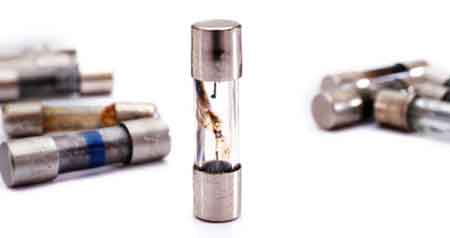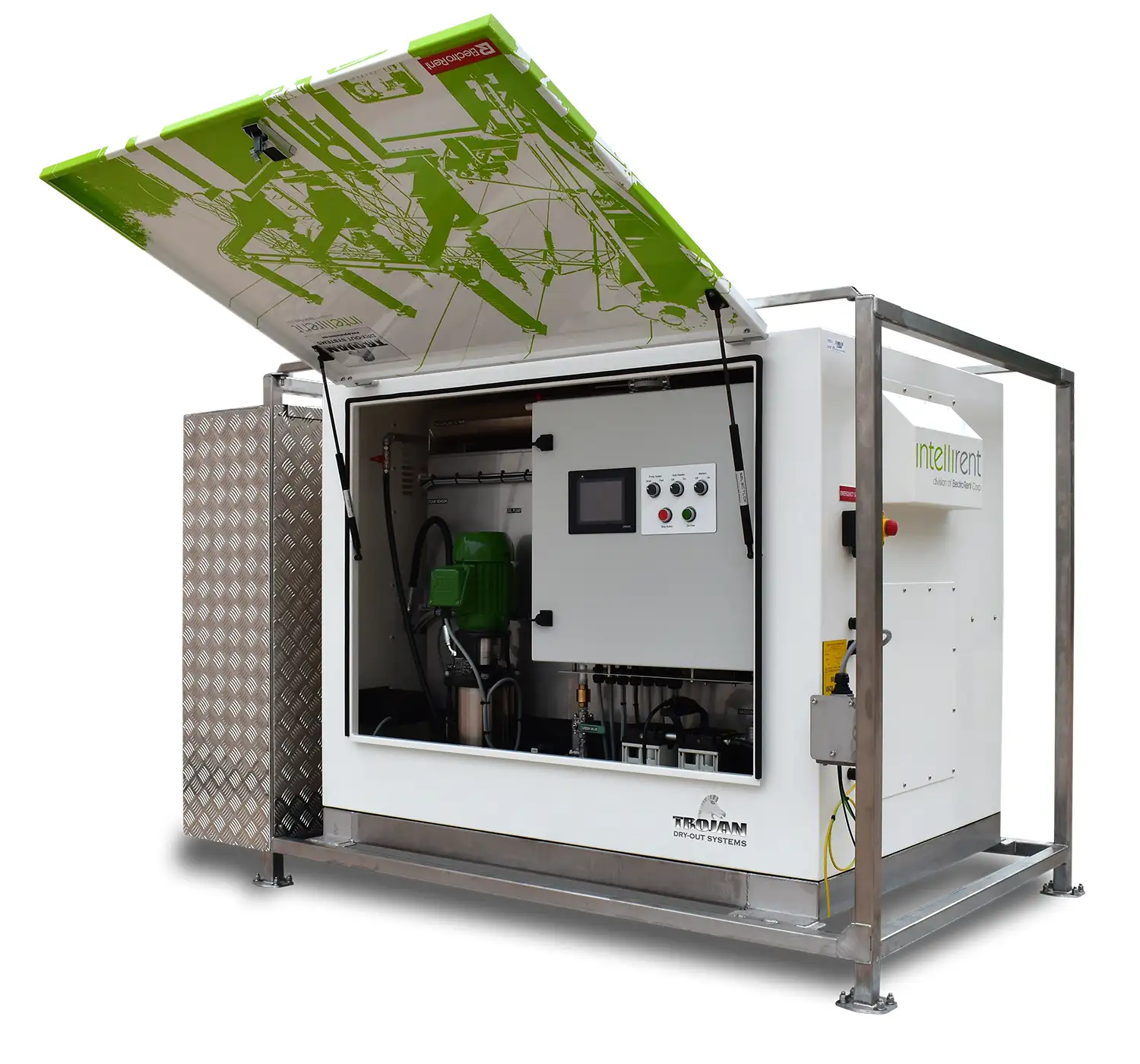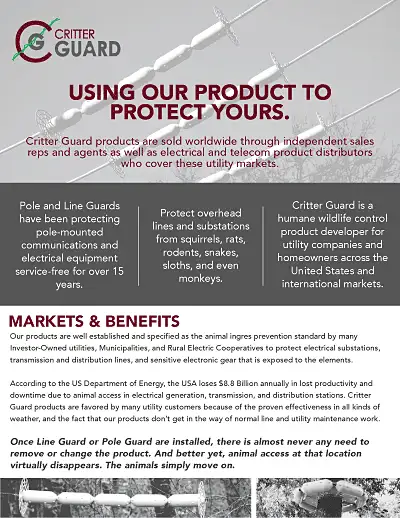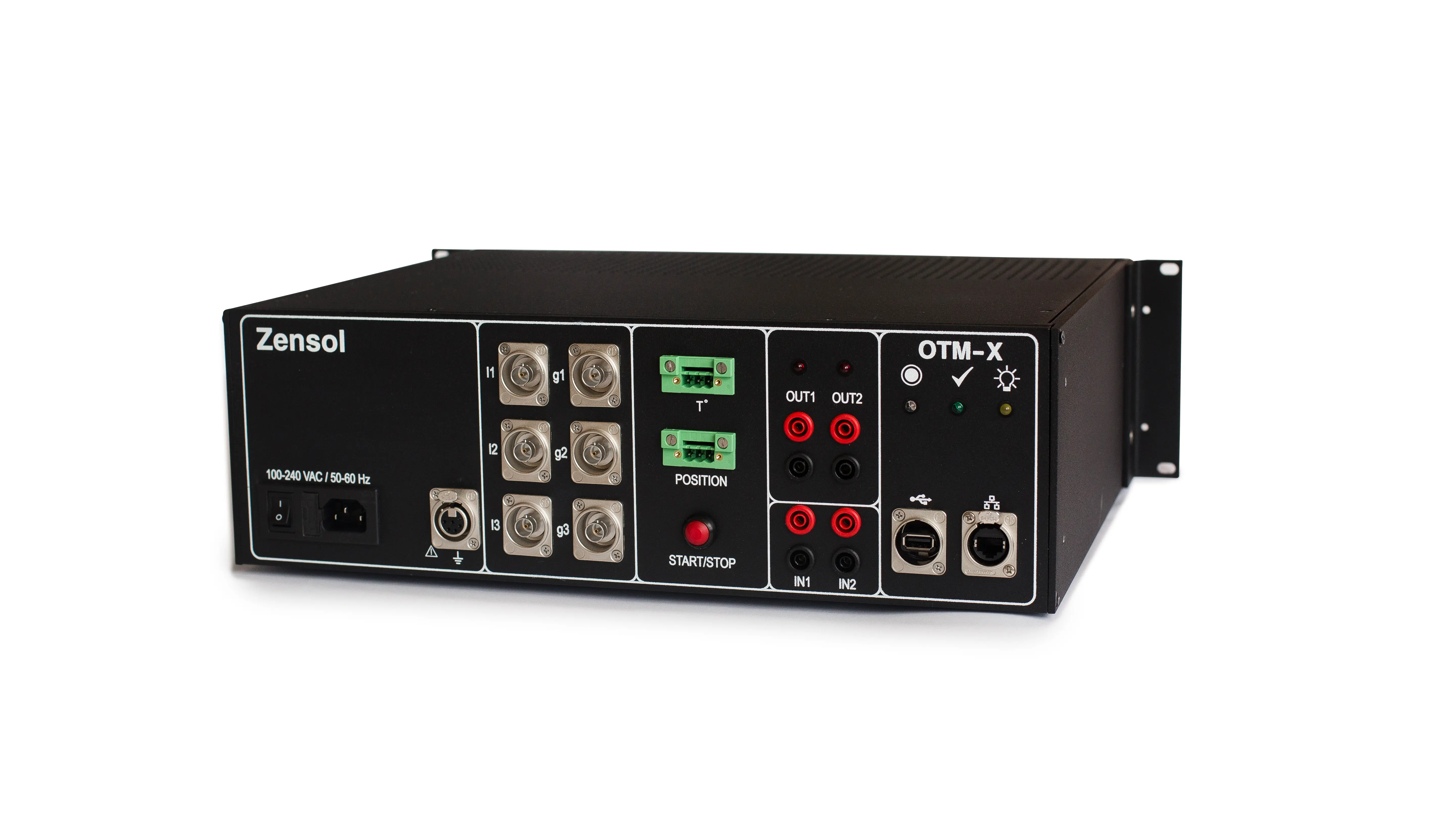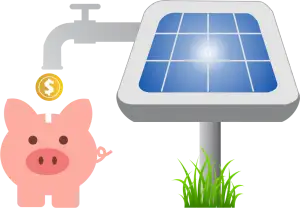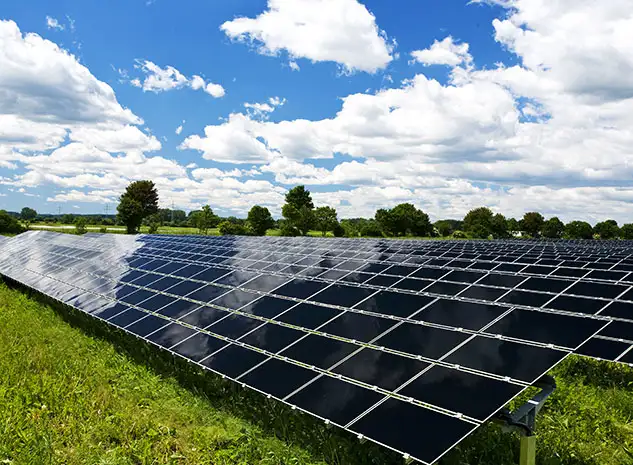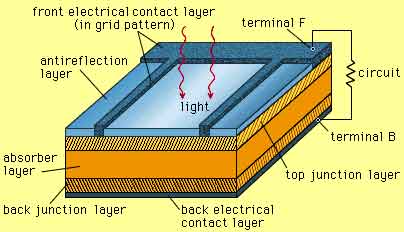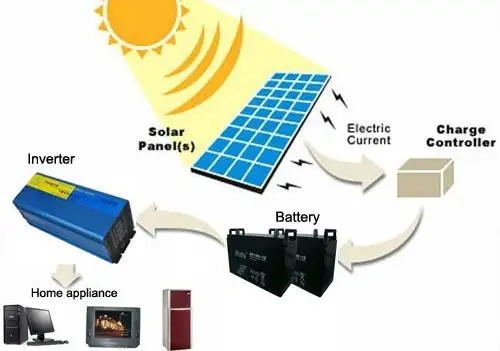Solar Power Pros and Cons
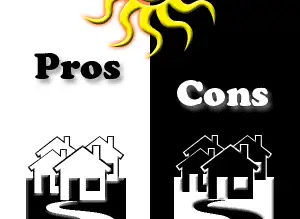
Solar power pros and cons examine renewable energy benefits, photovoltaic efficiency, installation costs, battery storage, net metering, grid-tied reliability, maintenance, incentives, and carbon footprint to assess ROI, payback period, and long-term sustainability.
Solar Power Pros and Cons Explained: What You Need to Know
Solar Power Pros and Cons
Solar energy is a seemingly ideal fuel source. It's clean. It's free. It's abundant, and its use could ease many of the world's most pressing environmental problems, chief among them global climate change. Because solar energy has its share of critics, its worth taking a look at both the pros and cons of solar energy and responding to the criticisms. For a concise review of key benefits and typical tradeoffs, see advantages of solar power for additional perspective.
Availability and Variability
Although the Sun shines 24 hours a day and beams down on the Earth at all times, half the planet is always immersed in darkness. This poses a problem, because modern societies consume electricity 24 hours a day, 365 days a year.
Another problem is the daily variability of solar energy. That is, even during daylight hours clouds can block the Sun, sometimes for days on end. If PV systems are unable to generate electricity 24 hours a day like coal‑fired and nuclear power plants, how can we use them to power our 24‑hour‑per‑day demand for electricity? Understanding how a solar PV system is designed to manage intermittency clarifies the need for storage and flexible loads.
Homeowners like myself who live off‑grid (not connected to the electrical grid) solve the problem by installing batteries to store electricity to meet their nighttime demand and to supply electricity for use on cloudy days. As a result, they are supplied with electricity 24 hours a day, 365 days a year by PV systems. Practical layouts and component choices are detailed in off-grid solar power systems guides for homeowners.
In all such setups, DC output from modules is converted by solar power inverters into AC so common appliances operate reliably.
The Sun's variable nature can also be offset by coupling solar electric systems with other renewable energy sources, for example, wind‑electric systems, or micro hydro systems. Wind systems, for instance, generate electricity day and night ‑ so long as the winds blow. Micro hydro systems tap the energy of flowing water in streams or rivers. Either one can be used to generate electricity to supplement a PV system, compensating for the Sun's natural variability. Solar and wind are especially good partners. Figure 1 shows data on the solar and wind resources at my renewable energy education center in eastern Missouri. As illustrated, the Sun shines a lot in the spring, summer, and early fall but less so during the winter. During winter, however, the winds blow more often and much more forcefully. A wind turbine could easily make up for the reduced output of a PV system, ensuring a reliable, year‑round supply of electricity at this and other similar sites. Such hybrid configurations are explored in renewable energy systems references that focus on complementary resources.
While the Sun's variability can easily be overcome on the individual level, can society find a way to meet its 24‑hour‑per‑day needs for electrical energy from the Sun Scientists and engineers are currently developing numerous ingenious technologies to store solar electricity. Batteries are not high on the list, however. Why?
To store massive amounts of electricity to power factories, stores, and homes, we'd need equally massive battery banks. Because they would be costly and would require huge investments, scientists are seeking a variety of other, potentially more cost‑effective options. One option is the solar thermal electric system mentioned earlier, which stores surplus solar‑heated water to run electric generators at night or during cloudy periods.
Another option is the use of solar electricity to power air compressors. They'd produce compressed air that could be stored in abandoned underground mines. When electricity is needed, the compressed air would be released through a turbine, not unlike those found in conventional power plants. The blades of the turbine would be attached to a shaft that is attached to a generator that produces electricity.
Surplus solar electricity could also be used to generate hydrogen gas from water. Hydrogen gas is created when electricity is run through water. This process, known as electrolysis, splits the water into its components, hydrogen and oxygen, both gases. Hydrogen can be stored in tanks and later burned to produce hot air or to heat water to produce steam. Hot air and steam can be used to spin a turbine attached to a generator. Hydrogen could also be fed into a fuel cell, which produces electricity.
As in residential systems, electricity can also be supplied on cloudy days or at night by commercial wind farms. They could provide power to supplement solar systems because the winds often blow when the Sun is behind clouds (during storms, for instance). Other renewable energy technologies can also be used to complement solar energy. Hydroelectric plants and biomass facilities, for instance, could be used to ensure a continuous supply of renewable energy in a system that's finely tuned to switch from one energy source to another. In Canada, hydroelectric facilities can be turned on and off as needed to meet demand. Such systems could be used to produce electricity when demand exceeds the capacity of commercial solar systems or at night.
Shortfalls could also be offset on a local or regional level by transferring electricity from areas of surplus solar and/or wind production to areas of insufficient electrical production. Surplus solar‑generated electricity from Colorado, for example, could be shipped via the electrical grid to neighboring Wyoming, New Mexico, and Nebraska when needed ‑ or vice versa.
Solar's variability can also be offset by natural gas‑fired power plants and newer coal‑fired plants that burn pulverized coal. Both can be started or stopped, or throttled up or down, to provide additional electricity. These facilities could serve as an excellent backup source as we transition to a renewable energy future.
With smart planning and careful design, we can meet a good portion of our electrical needs from this seemingly capricious resource. For broader context on its role within the energy transition, explore alternative energy solar power discussions that link technology, policy, and markets.
Aesthetics
While many of us view a solar electric array as a thing of great value, our neighbors don't always share our opinions. Some neighborhood associations have banned PV systems.
Ironically, those who object to solar electric systems rarely complain about the visual blight in our environs, among them cell phone towers, water towers, electric transmission lines, and billboards. One reason that these common eyesores draw little attention is that they have resided in our communities for decades. We've grown used to ubiquitous electric lines and radio towers.
Fortunately there are ways to mount a solar array so that it blends seamlessly with a roof. Solar modules can be flush mounted on roofs. There's also a solar product that can be applied directly to a certain type of metal roof, creating an even lower‑profile array. Solar arrays can also be mounted on a pole or rack anchored to the ground that can be placed in sunny backyards ‑ out of a neighbor's line of sight.
Cost
Perhaps the biggest disadvantage of solar electric systems is thatthey're costly ‑ very costly. Although the cost of solar cells has fallen precipitously, from around $50 per watt in the mid 1970s to $5 per watt in the early 2000s then to about $3.50 a watt in 2009, solar electric systems are one of the most expensive means of generating electricity ‑ but only if you ignore the environmental costs of conventional power and the generous subsidies these technologies receive from taxpayers. Comparative analyses of levelized costs are outlined in solar power economics to quantify these tradeoffs.
Although solar electric systems are expensive, there are ways to lower the cost ‑ often substantially. And there are factors that make, a system competitive with conventional electricity. If, for instance, you live in an area with lots of sunshine and high electrical rates, such as southern California or Hawaii, a PV system competes very well with conventional electricity. Even in areas with low sunshine but high electrical rates, such as Germany, PV is economically competitive. Financial incentives for PV systems from local utilities or the state and federal government drive costs down, often making solar electricity cost competitive with conventional sources.
If you are building a home more than a few tenths of a mile from a power line, solar electricity can also compete with utility power. That's because utility companies often charge customers a I arge fee to connect to the utility grid. You could, for instance, pay $20,000 to connect to the electric line, even if you're only a few tenths of mile away from a power line. Line extension fees don't pay for a single kilowatt‑hour of electricity; they only cover the cost of the transformer, poles, wires, electrical meter, and installation. You'll pay the cost of the connection either up front or pro‑rated over many years.






